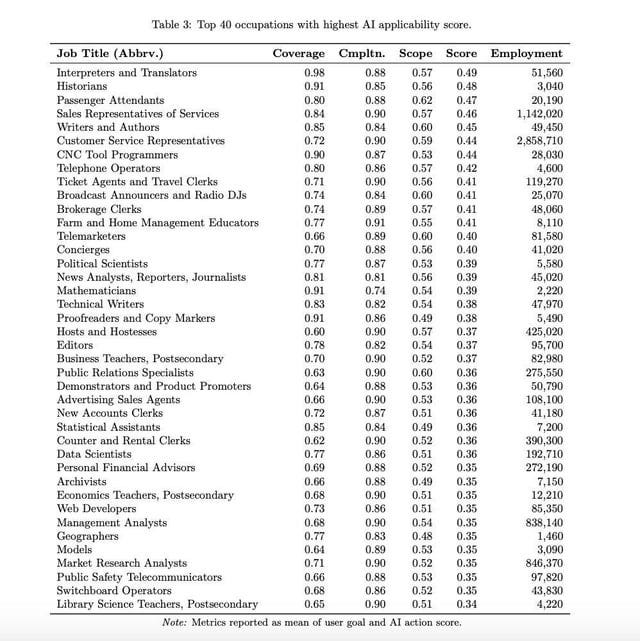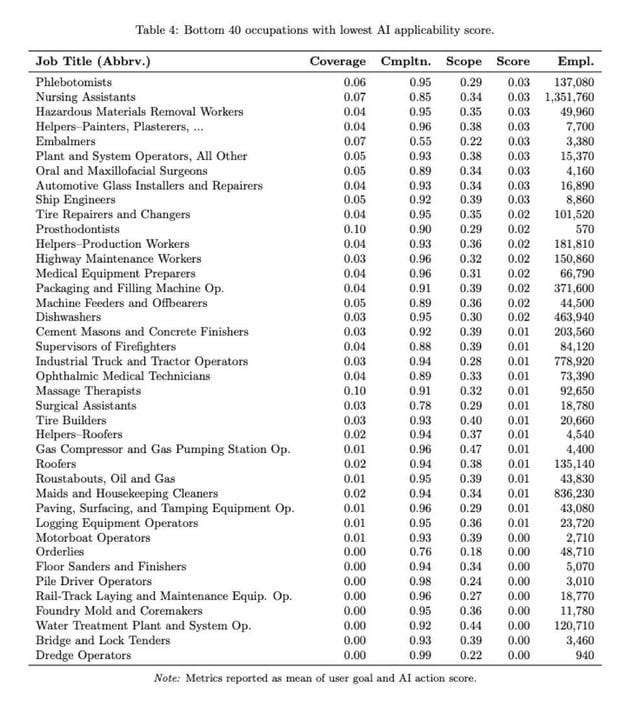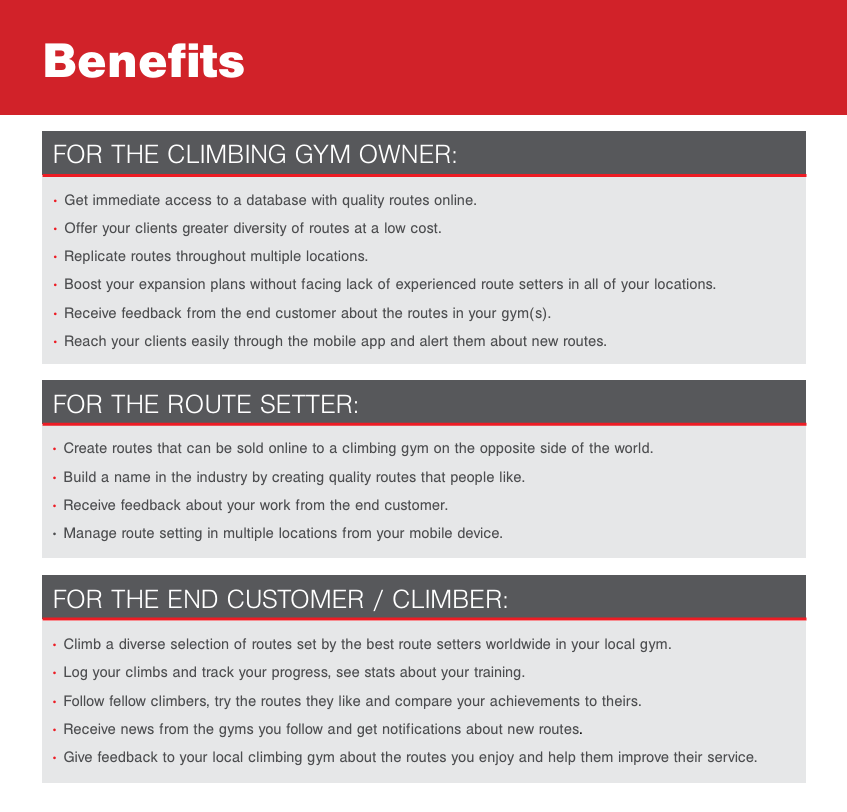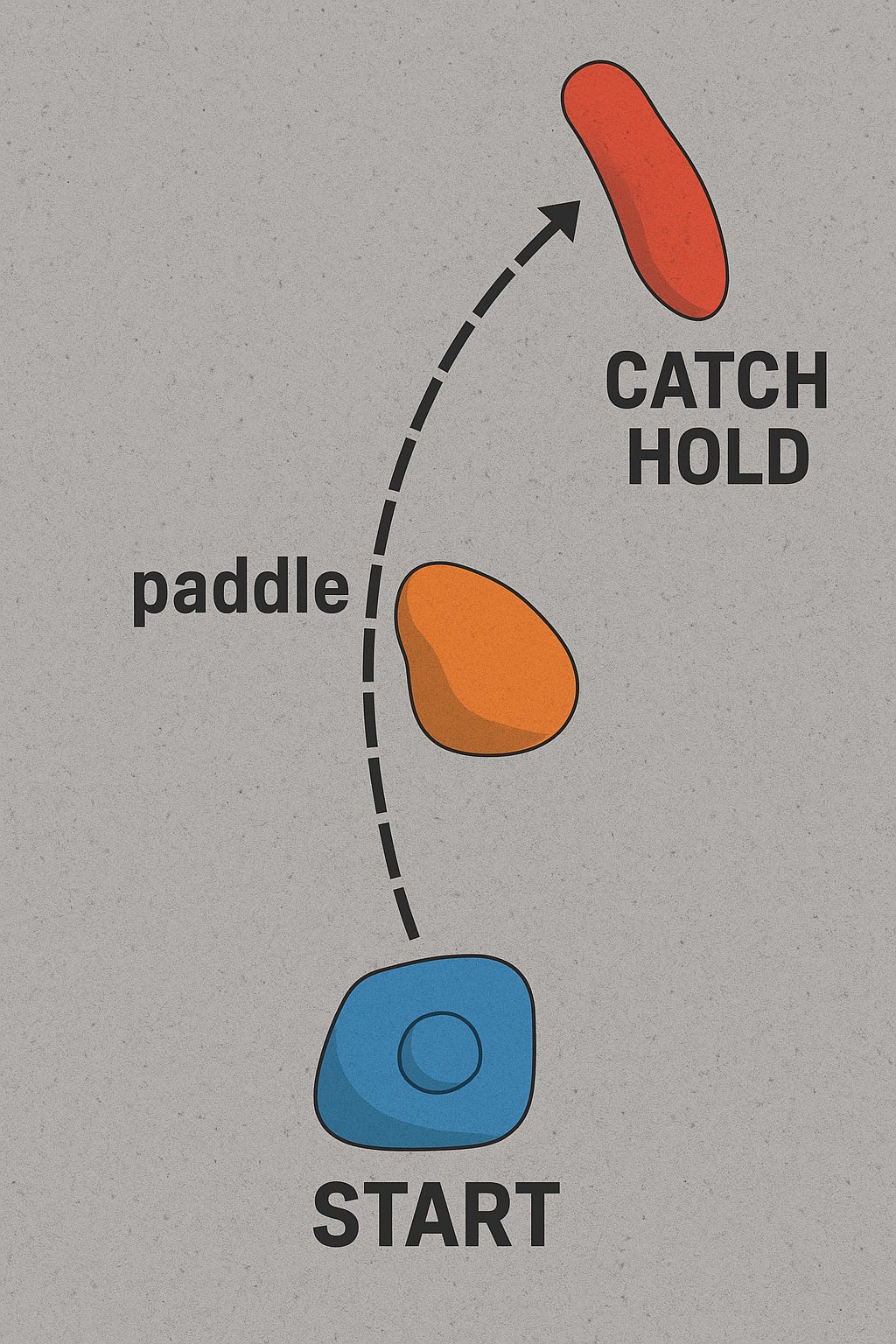It’s difficult to go a day without exposure to AI talk. This became overwhelmingly apparent this weekend, where every other ad during the US Open broadcast was for a GLP-1 drug or an AI assistant for the office. Toted as bringing more productivity and streamlining workflows, it’s beginning to feel like some reliance on AI will become the new normal. I’ve had multiple co-workers reference running their copy or emails through ChatGPT or Microsoft Copilot to improve grammar, structure, and overall work speed. My friends that work in tech have said it might be replacing entry level jobs as early as next year, and have encouraged me to use AI to write this blog so I can spend more time playing videogames with them.
I’m still not sold.
Stories like J.Crew’s use of AI to fake campaign images that were exposed by Blackbird Spyplane last week are an example of how easy it is becoming to not only fool consumers (the images were credited to being AI generated after the story picked up steam), but reduce the value of creatives. If a brand whose ethos is putting a lens on “real” people to create allegiance is so quick to resort to generating images that remove these “real” people from the images entirely, others will be even quicker to do it. This displaces the creatives behind these projects and reduces them to an additional expense, rather than a source for unique perspective. If you go to the website of the AI photographer that is credited for the J.Crew images, AI.S.A.M, it is a collection of dystopian images that look bare no resemblance to the media featured in the J.Crew ad. This exemplifies the range that these programs can cover in capable hands. Artists spend their whole careers developing a style, and now you can have every style with a few keystrokes and the click of a button.
If creative careers are taking a hit, where does this leave routesetting? Our NY/PA setting leadership team recently had a long discussion with Ryan Sewell (Senior Director of Routesetting) about how AI could be impacting our careers in the coming years. This conversation and the current AI inundation has left me mulling over a few perspectives of how we could see the framework of routesetting changing.
Creative vs. Manual Labor
Routesetting is a difficult job to categorize. One half is manual labor – you spend the day taking heavy holds off the wall, moving buckets, preparing work zones, working at height, using power tools, and going up and down ladders. The second half is creative – you spend the day thinking about sequences, creating an aesthetic for the wall, color mapping, placing volumes, and trying to make the set cohesive. Which camp does it fall into?
It depends on who you ask. Historically, it has been more popular for companies to consider routesetting manual labor. This allows them to save money, as creative jobs generally have higher pay associated with them. This is a broad example, and does not include variables like being part of a labor union, hourly pay vs. pay per route vs. salary, or contract work vs. full time employment. This is the way that the industry has trended from my experience but is not true of every company.
Most routesetters tend to think that their job falls more into the creative field. Popular gyms have a varied but cohesive routesetting style that offers an experience that is tailored to their members. If routesetters were not able to be imaginative, this would be impossible to achieve. No one wants to go to the gym where all of the climbs feel and look the same.
Microsoft released a study this year about the application of AI in the workplace and included 2 tables in the document that have done some rounds online. The 40 jobs that have the most AI applicability and the 40 jobs that have the least AI applicability. The jobs with the most AI applicability fall into data analysis and creative fields like writing and web design. The jobs with the least AI applicability are manual labor jobs and jobs where you need to use your body in a dextrous manner. This isn’t a 1:1 for AI job replacement as the study is targeted at how AI can be used to enhance performance, but as AI capabilities increase I feel there is a high chance these job markets could shrink.
This puts routesetting in a small niche of dexterous manual labor jobs. Good for us, right?
Sterilization
If efficiency is the goal of integrating AI, how do we utilize this as setters? We use someone, or something, to remove the creative hurdles. If you have set in any capacity, the hardest part is often coming up with and refining an idea. We can get “setters block” or simply spend hours tweaking a move because it doesn’t work quite right. This slows us down and makes the day go longer. While hitting the creative breakthrough is the most rewarding part of the job, it is not more efficient.
There have already been attempts at standardized walls. Walltopia has marketed their Harmonized Wall Systems that offer the ability to have the same exact run of wall at multiple gym locations. This would allow gyms to share boulder problems between each other, barring they have the same hold selection. Although the harmonized walls have been available since 2019, I do not know of any gym that currently utilizes them. This would be a large undertaking, as most gym chains have different terrain due to building size restrictions. If a gym were to successfully integrate this, they would need to design all of their locations near identically, and order the same holds at each location for the entirety of the gym's lifespan. It’s difficult to implement but I found Walltopia’s list of benefits perplexing.
The two biggest points of note are from the gym owner section: Immediate access to quality routes and greater diversity of routes at a low cost. Why is the cost being lowered? It’s being lowered because you can now pay lower skilled laborers to put up pre-generated routes with no creative blocks and little setting experience.
The idyllic approach to this is listed in the routesetter section as: Create routes that can be sold to climbing gyms across the world and build a name in the industry by creating quality routes. While it sounds great to be making money and sharing your climbs across the world, if we are trying to lower costs, wouldn’t we want fewer routesetters?
The reality of the situation is that setting would become reserved for an elite group, likely those that are already in high standing in the industry. Entreprise’s Titan Wall is an example of a standardized wall that has been adopted by the climbing organization (IFSC) and because of that, has found its way into a few commercial gyms. The appeal of the wall is “climb the same boulders that were at the World Cup.” However, these recognizable boulders are set by the smallest fraction of routesetters.
While World Cup boulders don’t serve commercial needs, it is possible that the same issue would persist in the industry as a whole. Director, Assistant Director, and Head Setter positions already make up a small fraction of the available jobs and are hyper-competitive to attain. It is likely that route creation privileges would be delegated to these positions making the setting pipeline even narrower. The ability to import thousands of routes from other setters and gyms would reduce standard routesetting positions to “plastic positioners”.
If setting does go down this road, the next logical step would be integrating AI. How are these select routesetters going to set enough boulders for 10, 20, or 30 gyms with a standard turnaround in a year? AI. It could become possible to feed pictures of previous boulders into AI or even tell them what holds you have to work with and the style of climb you want. Poof! You have a new boulder that your “routesetter” can put on the wall. No creative blocks, no “what ifs,” no thinking.
Time
This all sounds bleak, how far off are we? I think it’s safe to say we're a while away from this being a possibility. Besides the massive logistics restrictions, AI is a far way off from being able to create routes.
I have taken a leap and have used ChatGPT for the first time while writing this article. I spent a bit of time chatting with GPT about routesetting and here’s what it had to say (inspired by Chris).
How can this set be more aesthetic?
Examples of aesthetic routesetting.
How can I set a height accessible route?
Who are considered good routesetters?
Some key takeaways here:
If you ask for instructions, they are clear and direct. The outlines for setting a paddle dyno and accessible routes are perfectly acceptable. I would argue that if you followed the paddle dyno outline exactly, you would end up with an easily workable skeleton of the move. The height accessibility outline does use some strange verbiage – “gradespread move”, “tick holds”, ladder foot”. I’m not sure if these terms are used in different groups or parts of the world but I have not heard them before. You can just read around a bit to contextualize what it is trying to talk about.
The question about aesthetic routesetting is sufficiently answered. It pulls information from the elements of design and gives detailed advice on how to apply them to routesetting. The visual examples are pretty weak and I wouldn’t consider them particularly pleasing sets. One of the reasons I like this section so much is because it cited articles on my website. Maybe I should stop giving AI free game.
The picture of a recent set that I had it analyze was a bit disappointing. Most of the feedback was centered around homogenizing the style of the set and moving away from the cluster style. The suggestions centered around making the holds more evenly spaced, keeping the different boulders farther away from each other, and following the paint lines on the wall more closely. After reviewing the image of the suggested improvements, this felt like an attempt to “objectively” set aesthetic, a meek attempt to push the boundaries of visual exploration.
The list of good routesetters had some of the usual heavy hitters (Danielson, Ho, Beard, Katiyo, Godoffe, Bishton) and some that after some research I’m not sure are actually routesetters (Marschner, Ichino). This group wasn’t surprising as these are names that are talked about often. However this list didn’t include some of my favorites (Yossi Sundakov-Krumins, Ryan Henderson, Bouldzilla). Without a doubt the people on this list would be the first approached for large “route designer” positions.
The images in the aesthetics prompt were bad but the ones that ChatGPT drew in the paddle dyno and height prompts were worse. The illustrations are rather childish and do not give any substantial information. Routesetting is much easier to learn through visuals rather than text, and the AI falls incredibly short in this department. This could be because I’m not feeding in the right prompts, as some of the aforementioned AI art takes a level of prompt expertise that many don’t have. I’m favored toward the idea that there isn’t that much information for the AI to pull from yet because of routesetting being a small niche with scarce online resources. If you can create a better image drop it in the chat.
The Verdict
With our current circumstances, I think that AI routesetting is not going to be the norm any time soon. While it could be positive from a productivity standpoint, it would impact the structure of how teams work as a whole. Like most other industries, the job market would shrink, and only a few at the top would benefit. Trading creativity for productivity is a dangerous game, but one that businesses will be willing to play to maximize profits and efficiency. It is important to recognize that routesetting is the product that gyms are selling.
Outside of AI being used to create routes, It is unlikely that installing holds will ever be automated. This runs in the same vein as dexterous physical labor jobs that have a lot of moving parts and variables, which AI are struggling to keep up with. If office jobs and receptionist positions are going to be automated first, routesetting would be one of the last to have robots doing it. This could benefit setters, even if they are not designing the routes, their value would be preserved by the complexities that are unable to be automated. This could potentially lead to an increase in pay as other jobs in the climbing industry become automated. There will also be gyms that adopt the brand of having non-AI workers and setters. Dystopian, but preserving the human element will become a selling point for products and brands.
What do you think? Would you climb an AI generated route? Are you able to create a route with current AI? Do you like the use of AI or not? Sound off in the chat below!









I think gym setting will be pretty safe from AI for a while, for the same reason that it's tricky to spectate climbing competitions: it's hard to look at a problem and understand how it feels to climb, because small tweaks can matter so much. That means that photos and videos of people climbing aren't very useful as training data, but that's about all the data on climbing there is.
It's a little more plausible for set board climbing where the options are few and discrete, and there are plenty of examples of good (or at least popular) problems. But there's also not much incentive to automate that.
Cultural currency might value efficiency and the bottom line more than it does critical thinking and creativity, but I'll die on the hill that AI is for losers.